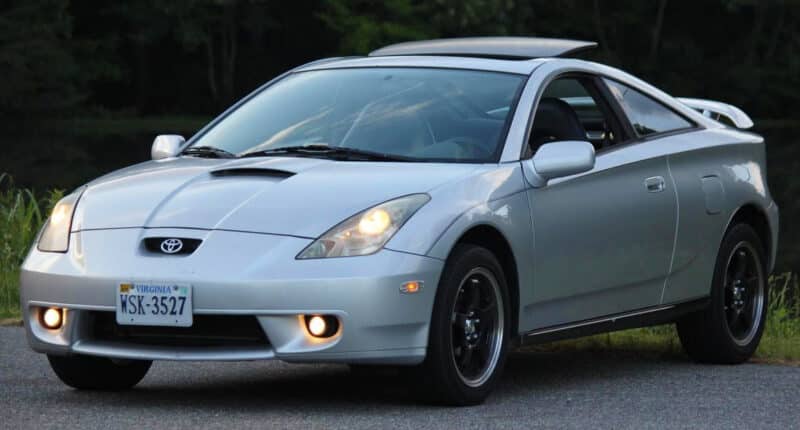Tinted windows are a common sight in West Virginia owing to the relatively lenient tint laws in this state.
In addition to filtering out UV rays, window tints reduce heat and glare in the cabin, and they also provide some privacy. But the latter is exactly why they’re regulated.
Find out exactly how dark your window tints can be, along with other relevant information that you need to know in this article.
Is Window Tint Legal in West Virginia?

The state of West Virginia first enacted automotive tint laws in 1991. These laws helped determine the legal limit for window tint darkness and reflection. It was the 15th state in the U.S. to enforce such a law.
These laws were enforced to ensure the safety of drivers and law enforcement officials. Below you will find everything you need to know about WV tint laws.
Be sure to follow the updated laws to avoid having to pay fines and to keep yourself safe.
Permitted Window Tint Darkness
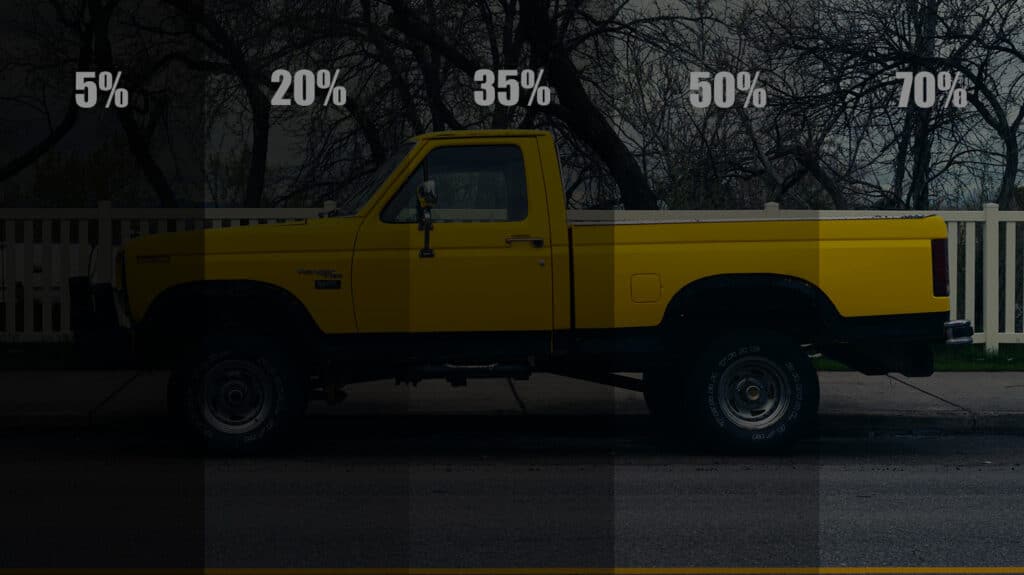
The transparency of your tinted windows can be measured with the help of a unit called VLT or visible light transmission. Law enforcement officials typically carry devices that allow them to measure VLT levels.
This unit is an industry standard and is used to set legal limits on how dark your windows can be.
Usually calculated in percentages, VLT refers to the amount of light that the tint film allows to pass through. For instance, windows with 25% VLT will only let 25% of the ambient light in.
Lower the VLT%, darker the tint. Below you’ll find the permitted VLT levels in the state of West Virginia.
Sedans
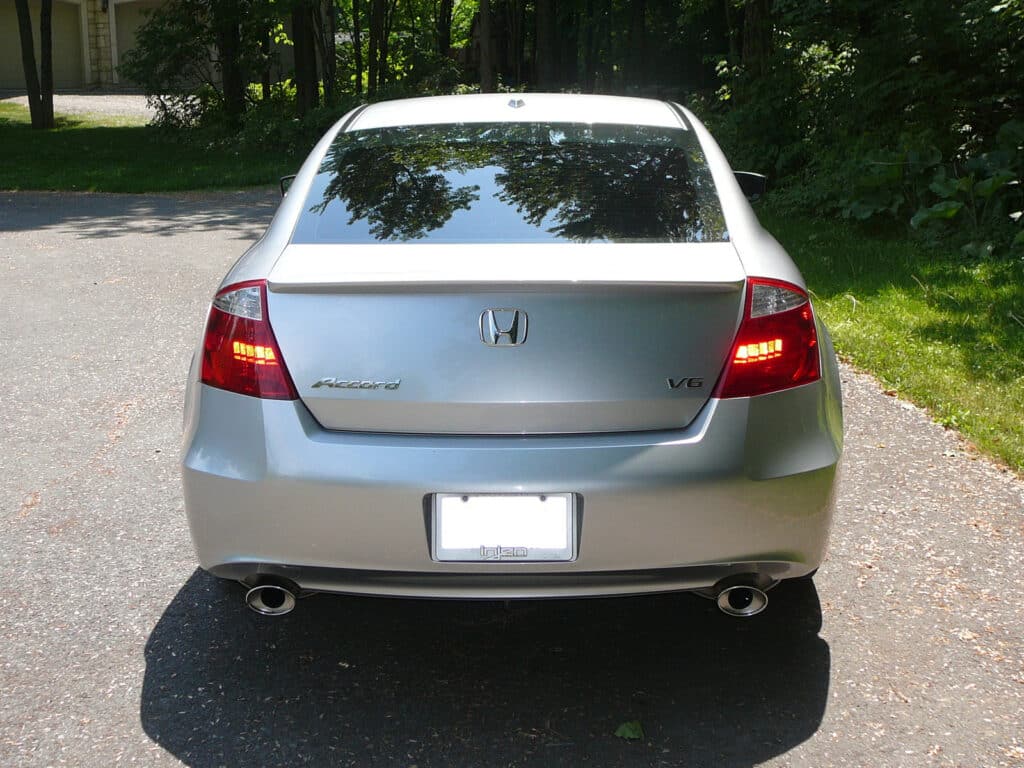
Windshield: The upper 5″ (AS-1 line) can be tinted (non-reflective)
Driver-side windows: Must not exceed 35% VLT
Passenger-side windows: Must not exceed 35% VLT
Rear window: Must not exceed 35% VLT
SUVs and Vans
Windshield: The upper 5″ (AS-1 line) can be tinted (non-reflective)
Driver-side windows: Up to 35% VLT is permitted
Passenger-side windows: No limit
Rear window: No limit
Acceptable Tint Reflection
Other than tint darkness, tint reflection is another characteristic that’s regulated. Tint reflection refers to the mirror-like finish that you see on certain types of tint film.
Reflective tints make it easier on the eyes by reducing glare, but they also make it really difficult to look inside the car.
It’s a welcome feature when it comes to protecting your belongings from prying eyes, but law enforcement officials need to be able to identify vehicle occupants. That’s why tint reflection is regulated.
The terms tint darkness and tint reflection are not the same. Tint darkness prevents light from passing through, whereas tint reflection uses reflective elements to reflect light off the tinted surface.
Sedans
Windshield: The use of reflective tint isn’t permitted
Driver-side windows: No more than 20% reflection
Passenger-side windows: No more than 20% reflection
Rear window: No more than 20% reflection
SUVs and Vans
Windshield: The use of reflective tint isn’t permitted
Driver-side windows: No more than 20% reflection
Passenger-side windows: No more than 20% reflection
Rear window: No more than 20% reflection
Other Relevant Rules
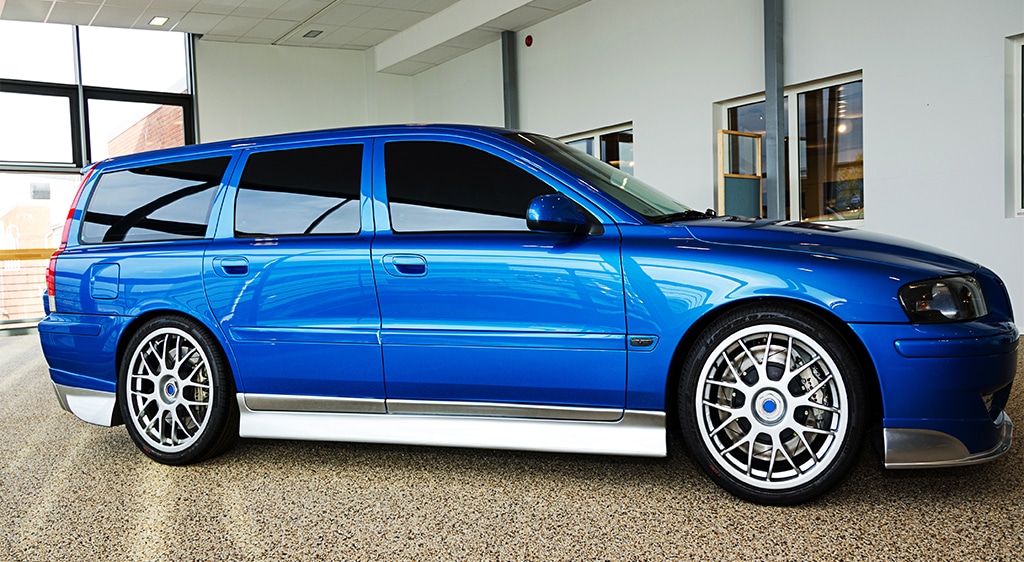
In addition to tint darkness and reflectivity restrictions, there are other relevant rules that you need to know about.
- Side mirrors: Vehicles with tinted rear windows need to have rear view mirrors on both sides.
- Colored tint: Besides yellow, red, or amber tints, all other tint colors are permitted.
- Window tint certification: Tint film manufacturers must get their products certified before selling them in West Virginia.
- Certified sticker: In order to display the legality of your window tint, you need a certified sticker on every tinted window.
- Medical exemptions: If someone has a medical condition that necessitates the use of a special tint, the state allows medical exemptions.
- Fine for violations: Up to $200.
State of West Virginia Info
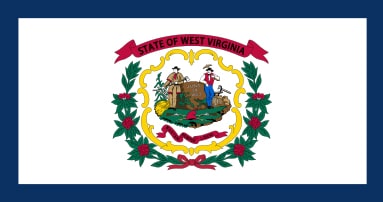
The state of West Virginia lies to the south of the United States in the Appalachian region. It shares borders with Kentucky, Ohio, Virginia, Pennsylvania, and Maryland. The capital is the state’s largest city.
It is only the 38th most populous state and is relatively small in terms of area. It has a rugged landscape with protected woodlands. The Mountain State joined the Union in 1863 as the 35th state.
Population: 1,855,413
Capital: Charleston
Registered vehicles: 1,657,362
Total lane miles: 80,167
Number of highways: 6
Tint law references: West Virginia Statutes
